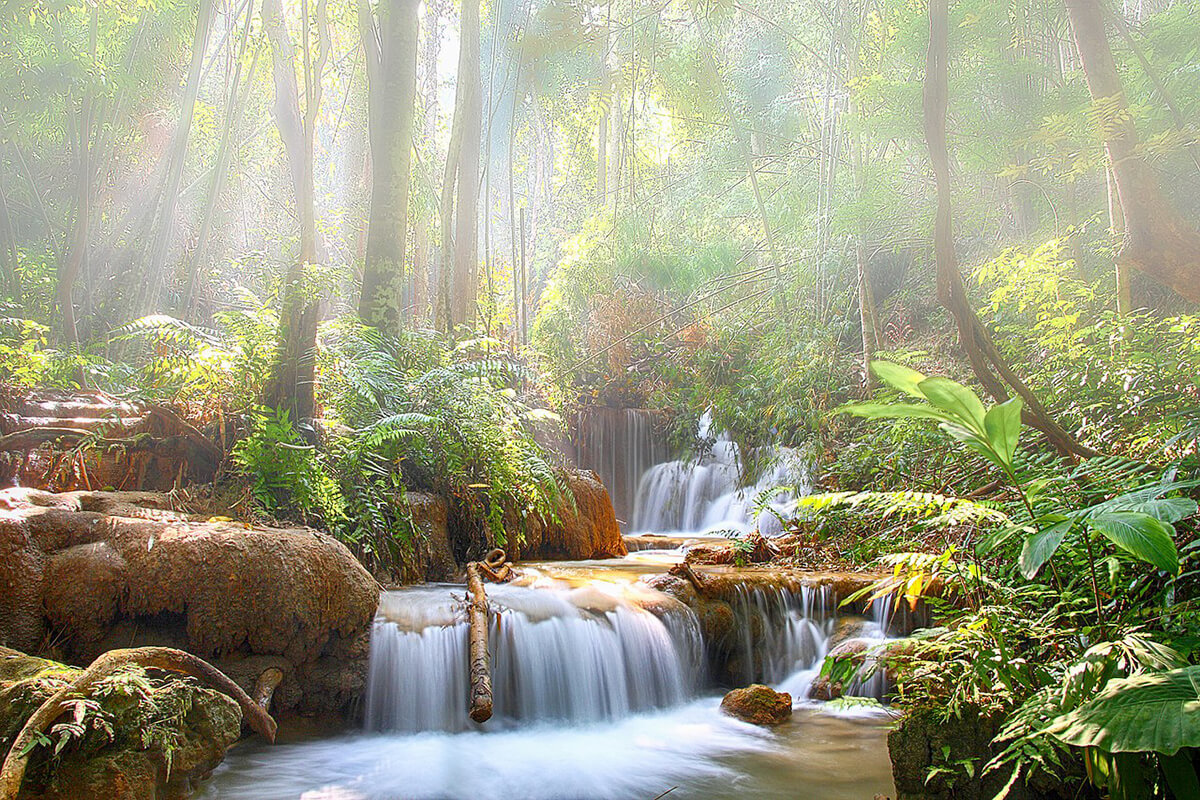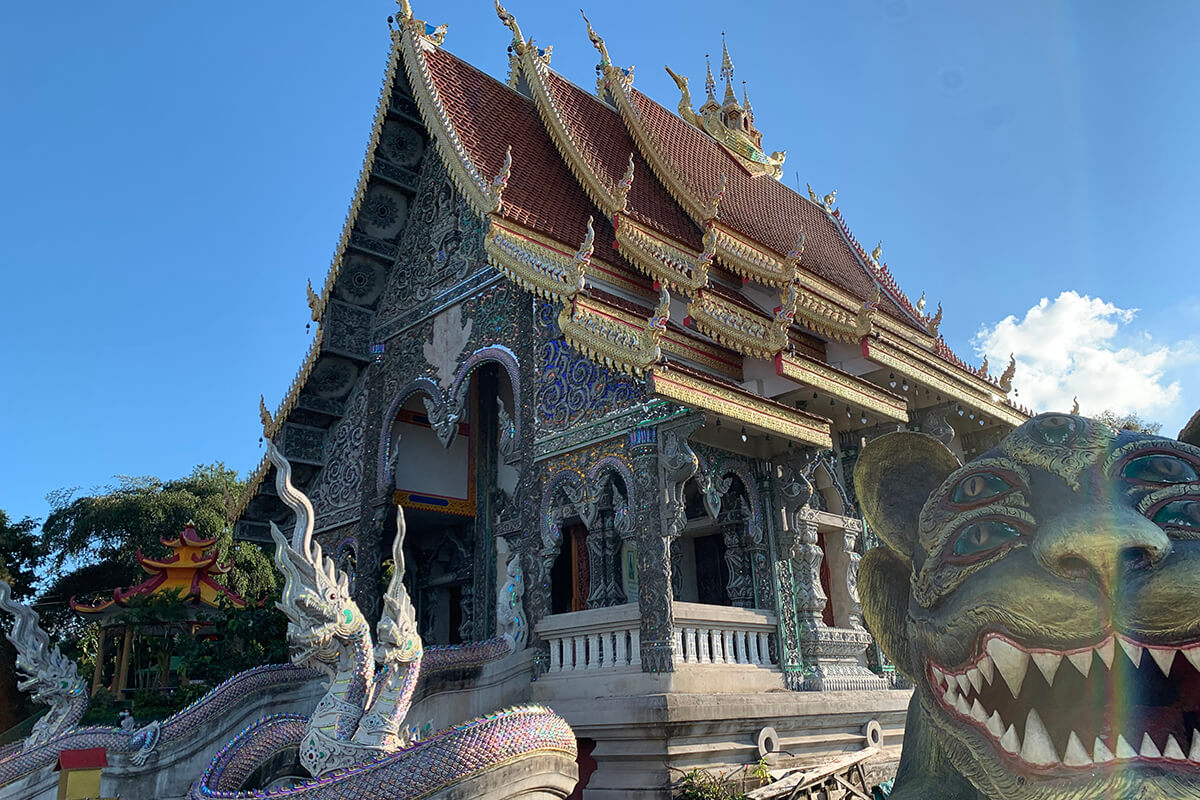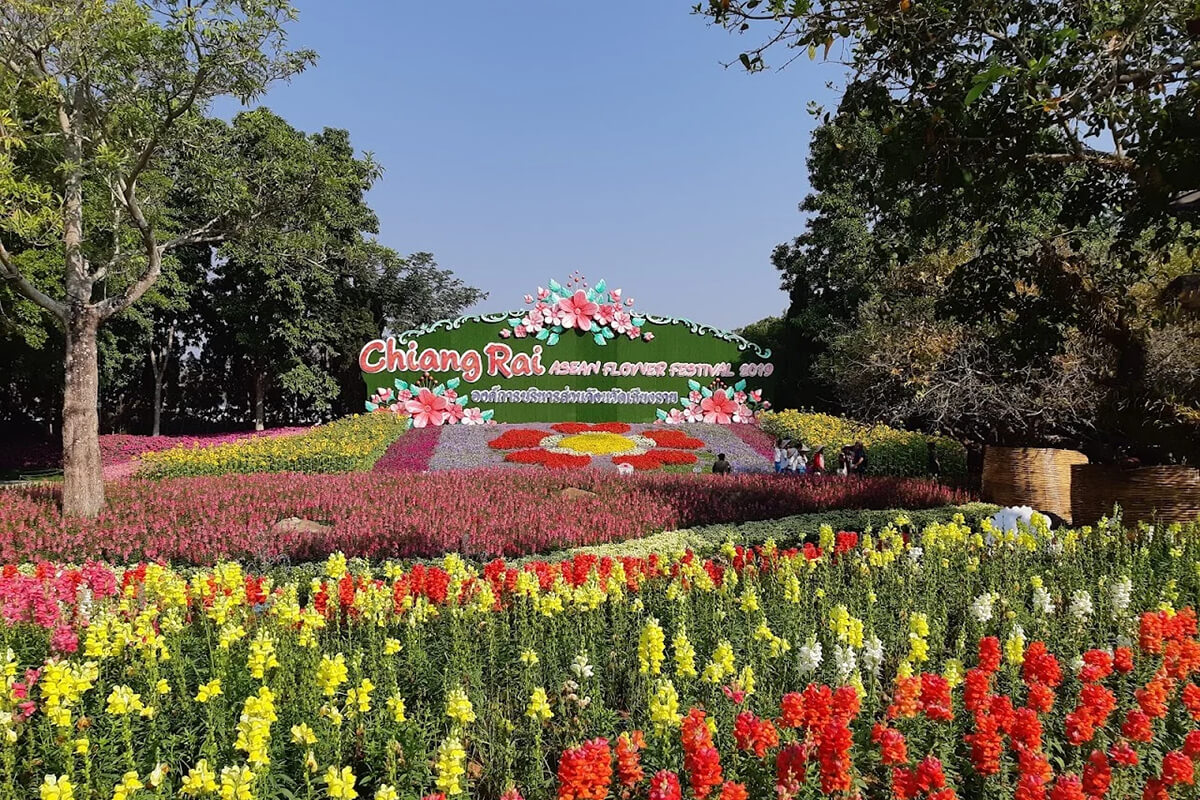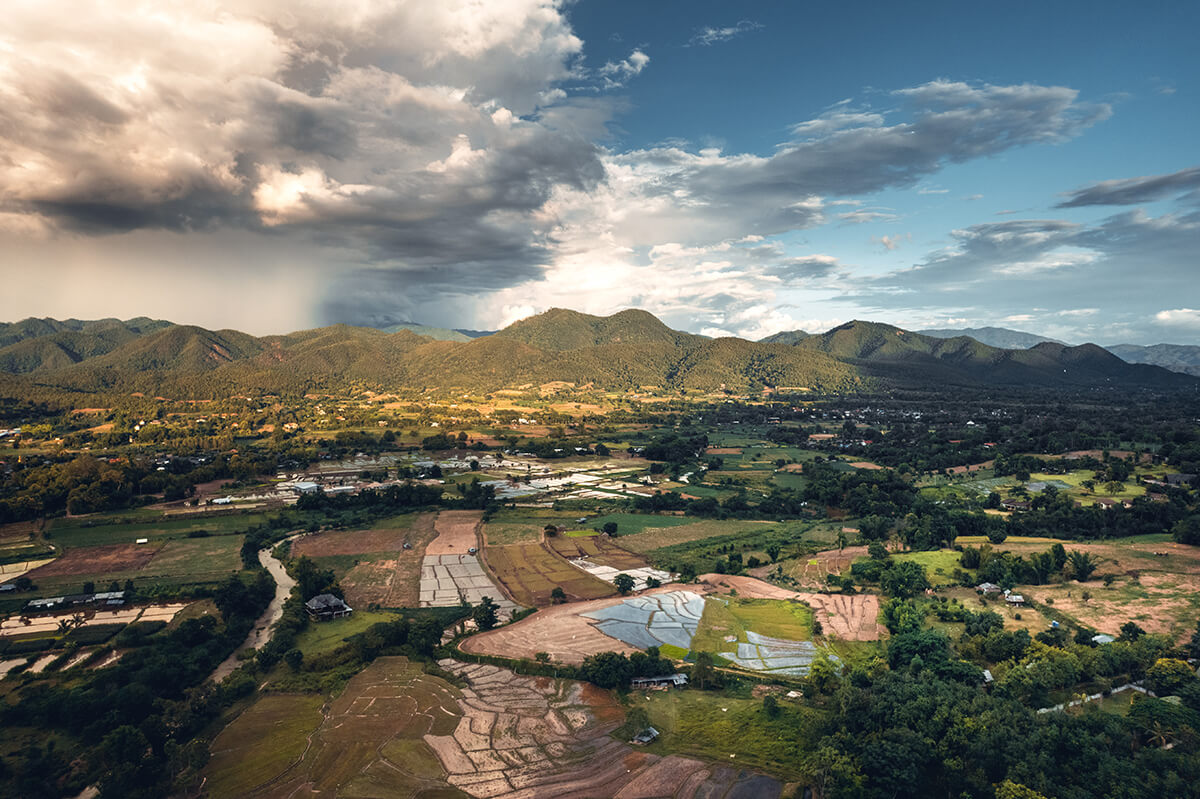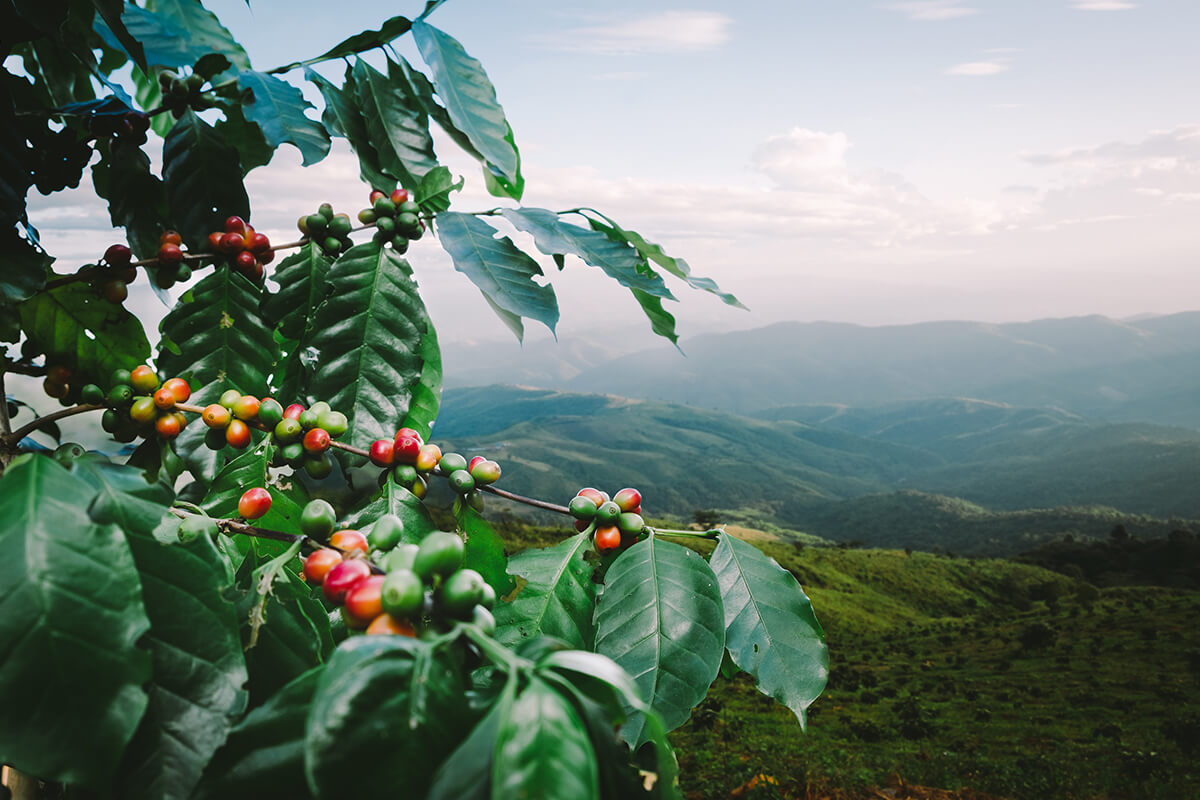
Chiang Rai
Chiang Rai is nestled in the northernmost part of Thailand, within the Chiang Rai province. Chiang Rai is the land of misty mountains, vibrant hill tribes, and a rich cultural heritage.
Chiang Rai is Thailand’s most Northern Province and a City in Chiang Rai Province.
Historically significant as the first capital of the Lanna Kingdom, Chiang Rai offers visitors a unique blend of history, art, and natural beauty. It’s Known for its relaxed atmosphere and less touristy charm. Chiang Rai is perfect for exploring Thailand’s more peaceful and culturally diverse side. From stunning temples to charming villages, Chiang Rai promises an authentic Northern Thailand experience.
Lanna Era: The Historical Roots of Chiang Rai
Chiang Rai holds a significant place in the history of the Lanna Kingdom, being its first capital before Chiang Mai took the crown. Founded in 1262 by King Mangrai, Chiang Rai reflects Lanna’s unique culture through its ancient temples and architectural styles.
The influence of the Lanna Kingdom can be seen in iconic landmarks such as Wat Phra Kaew, the original home of the revered Emerald Buddha. The city’s historical significance has shaped its distinct identity, blending tradition with the natural beauty of Northern Thailand.
The Karen Tribe in Chiang Rai
The Karen tribe, one of the most prominent hill tribes in Northern Thailand, has a large presence in Chiang Rai province. Living in remote, mountainous areas, the Karen Tribe maintain a traditional lifestyle, including distinctive clothing, weaving, and farming techniques. Visitors can explore Karen villages, such as Ban Huay Kee Lek, where they can witness firsthand the tribe’s simple yet rich way of life. Many Karen communities also offer homestays, providing opportunities for cultural exchange and immersion into their unique customs and traditions.
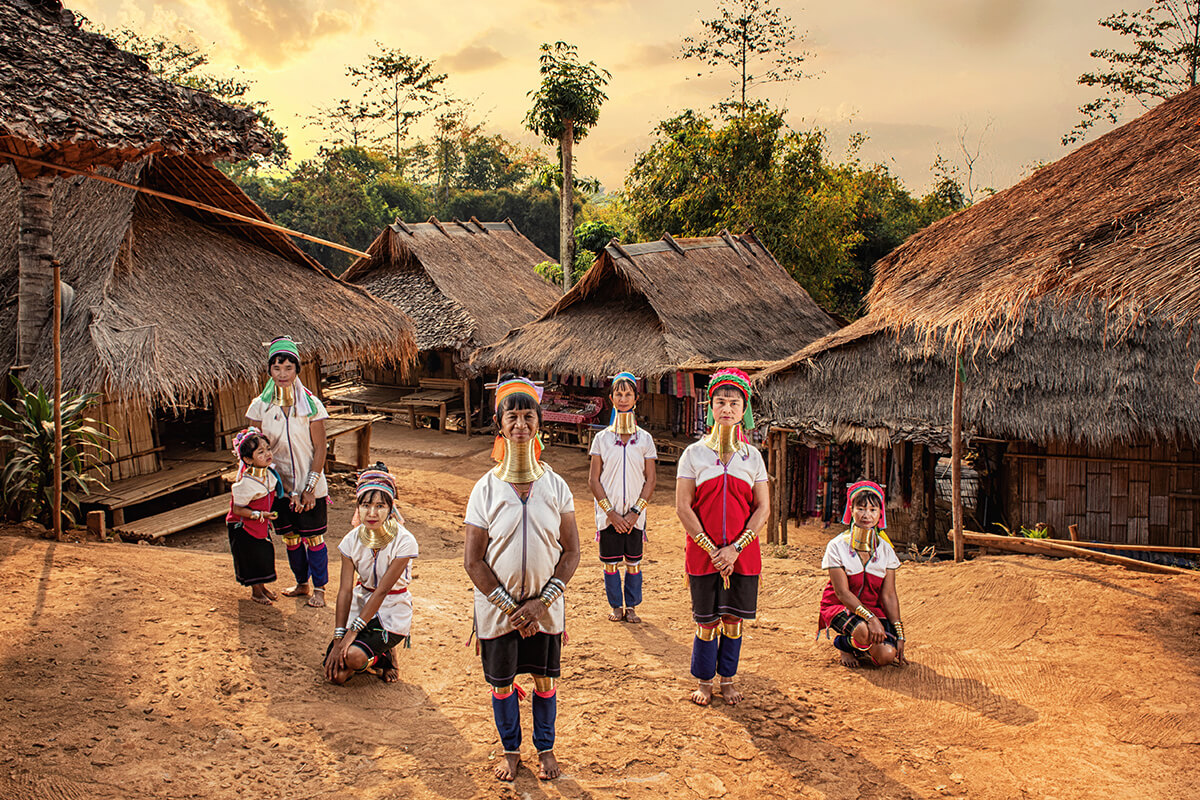
Arts and Crafts: Famous Traditions of Chiang Rai
Chiang Rai is renowned for its tradition of arts and crafts, deeply rooted in its hill tribe cultures. The province is famous for its intricate black pottery, handwoven textiles, and beaded jewellery, often crafted by the Akha and Karen communities.
Chiang Rai is also home to world-renowned artistic landmarks such as the White Temple (Wat Rong Khun) and the Black House (Baan Dam), which showcase traditional and contemporary Thai art. Visitors can purchase authentic handicrafts at local markets, supporting the artisans who continue these age-old practices.
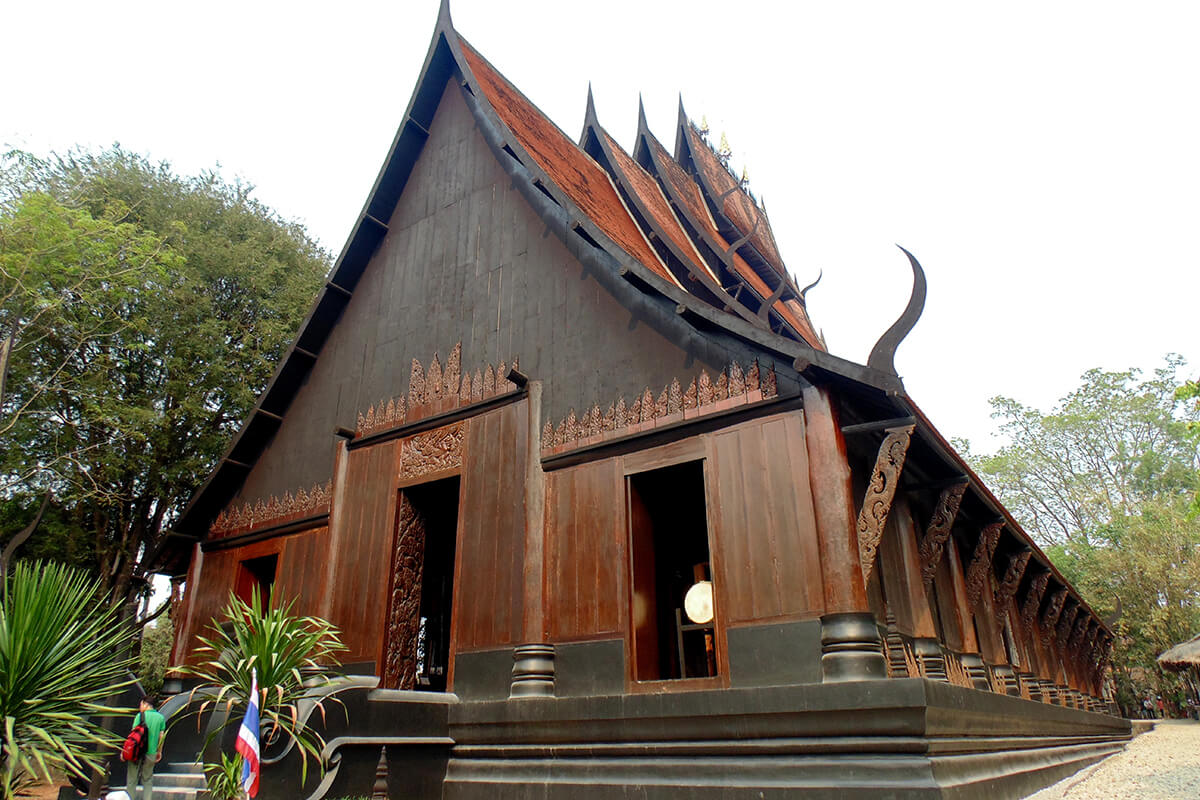
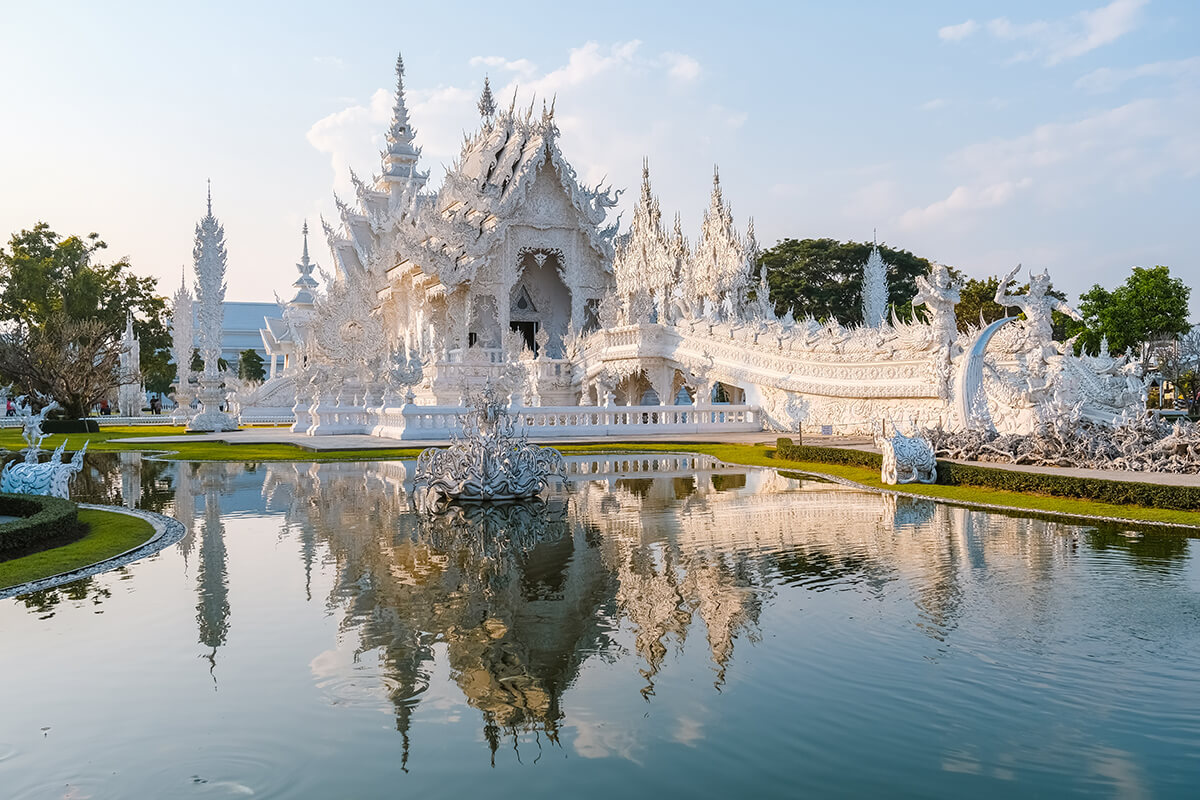
Places to Visit Around Chiang Rai Province
Chiang Rai is a gateway to Thailand’s most breathtaking natural and cultural sites. The White Temple (Wat Rong Khun) is a must-visit, known for its stunning modern architecture. Nature lovers will enjoy exploring Phu Chi Fa, a mountain offering spectacular sunrise views over a sea of mist. For a touch of history, visit the Golden Triangle, where Thailand, Laos, and Myanmar meet.
You find the White Temple (Wat Rong Khun) here on Google Maps.
Doi Mae Salong provides a unique blend of Chinese and Thai culture, set amidst tea plantations and mountain views. Each destination highlights Chiang Rai’s diverse and fascinating landscapes.
You find Doi Mae Salong here on Google Maps.
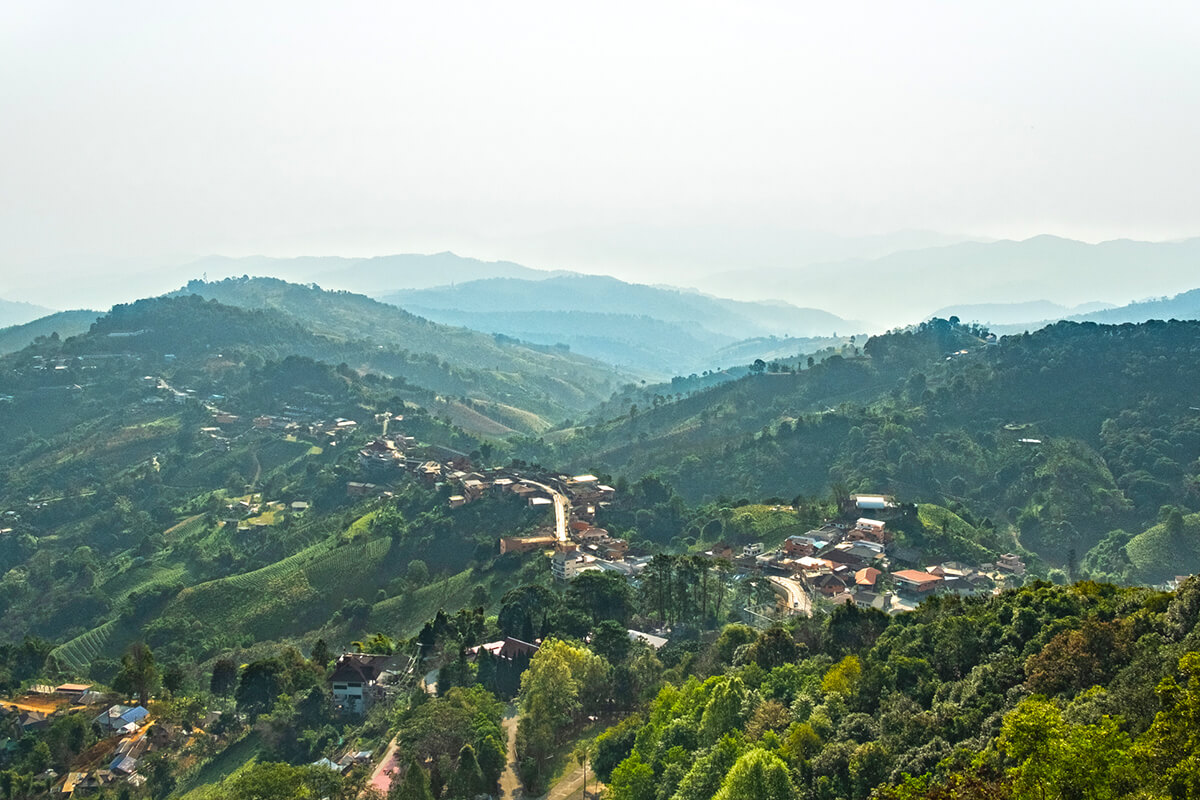
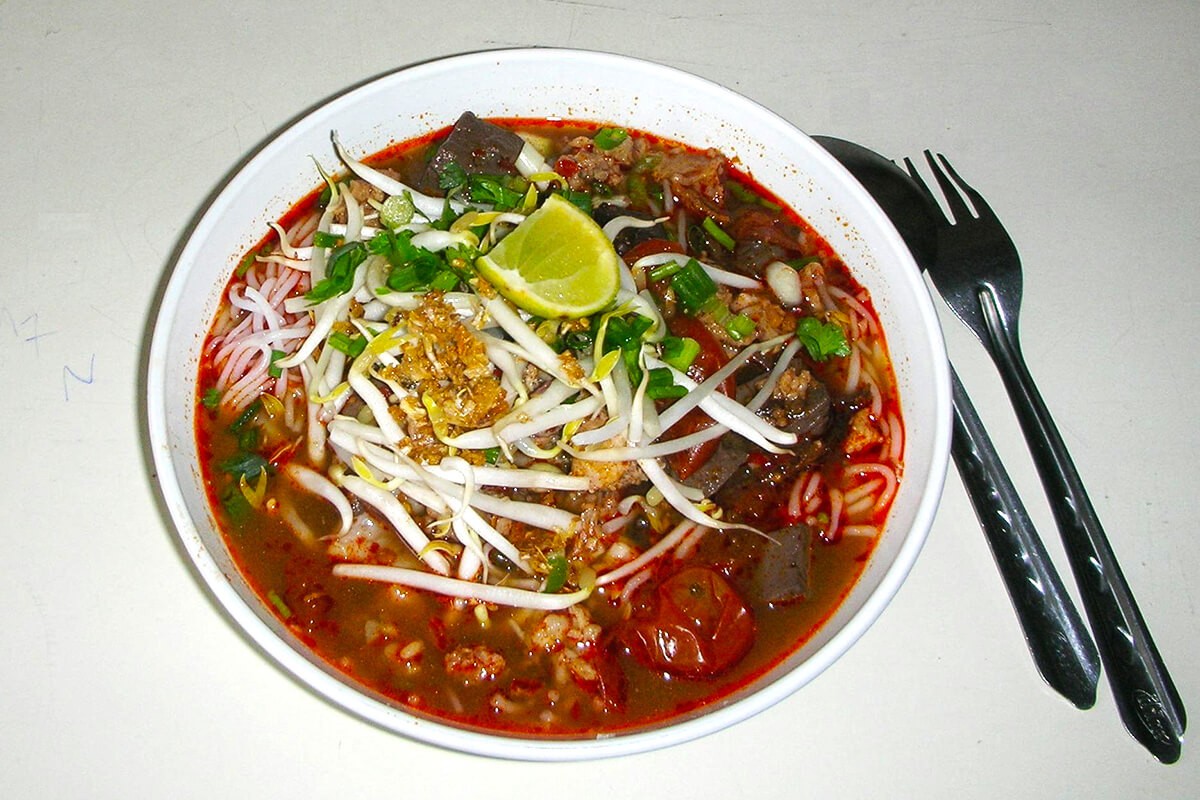
Traditional Dishes from Chiang Rai
Chiang Rai’s cuisine is a flavorful reflection of its cultural diversity, blending Northern Thai and hill tribe influences. One of the region’s signature dishes is Nam Ngiao, a spicy and tangy noodle soup made with tomatoes, pork, and pork blood. Lap Moo Khua, a local variation of minced pork salad, is packed with roasted spices and herbs.
For a lighter snack, try Miang Kham, bite-sized wraps filled with herbs, coconut, and dried shrimp. Chiang Rai’s culinary offerings provide a delicious insight into the province’s distinct flavors and traditions.
How to Get To Chiang Rai
Reaching Chiang Rai is convenient, with multiple transport options available.
By Air, Chiang Rai is serviced by Mae Fah Luang International Airport, with direct flights from Bangkok.
By Bus, for those opting for a scenic journey, buses from Bangkok or neighbouring Chiang Mai offer a budget-friendly option.
Travellers can also drive, taking in the stunning northern countryside surrounding you. Once in Chiang Rai, local transportation like tuk-tuks and songthaews make it easy to explore the city and surrounding areas.
By Train, We didn’t find a train going to Chiang Rai. However, it appears that there were plans to build a train track in the past.

